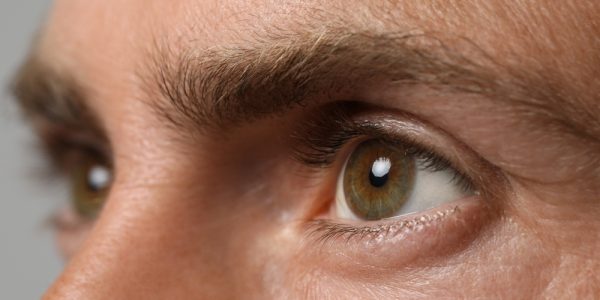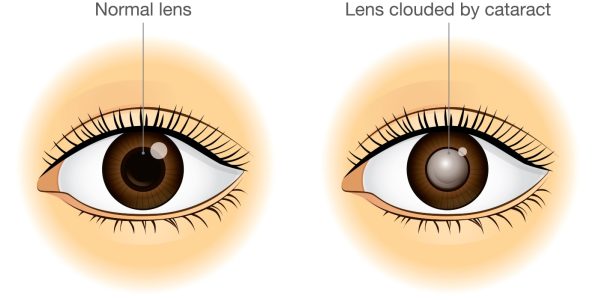
Patients who delay cataract surgery often find the world is a dull and hazy place. Images blur, colors fade and vision slowly dims. These effects have real consequences for the quality of life, and even the safety, of individuals whose cataracts have become advanced. Here, Bay Area ophthalmologist Mark Mandel, MD reviews some of the challenges presented by this limiting condition.
Overcast Vistas
Cataracts occur when the lens inside your eye becomes cloudy, obscuring the image it projects on the retina. This process can begin in our 50’s or 60s, and becomes more common with each passing year. The clouding effect progresses slowly, and its main recognizable symptom is the gradual blurring of vision.
In addition to overall deterioration in eyesight, cataracts lead to a decline in your ability to read fine print and reduce the clarity of your nighttime vision. Both can have profound effects. Those who suffer from cataracts often require much brighter light to read even medium-sized text. Without this higher wattage, reading puts additional strain on the eyes. And loss of sharp nighttime vision is a very dangerous thing for anyone driving after dark. Cataract sufferers will often experience nighttime vision anomalies such as glare, halos and starbursts around lights.
Cataracts can also make life less vivid, in a very literal sense. Colors seem dull and faded, and may take on a yellowish tint. The world around you begins to resemble a musty, sepia-toned photograph.
As the condition progresses, those experiencing cataracts may try to compensate by seeking stronger prescriptions for their glasses or contacts. This is only a partial fix that will not lift the fog in your field of vision. The problem is a clouded lens, not the way the lens focuses light on the retina.
A Proven Surgical Remedy
The good news is that all of these burdens are completely unnecessary. The solution — cataract surgery — is convenient and routine. Millions of cataract surgeries are performed each year. In this procedure, the clouded lens is removed and replaced with a lens implant that will remain clear for life. Originally performed with the use of a miniature blade, cataract removal can now be done using a femtosecond laser to make incisions.
As a premier eye surgeon, Mark Mandel, MD performs advanced cataract surgical procedures for patients in the Bay Area and throughout Northern California. He also offers state-of-the-art intraocular lenses (IOL) that will replace your natural lens with a permanent, resilient artificial version that, depending on your choice, can give you superb vision at a variety of distances. These lenses can be adjusted for distance for each eye; near in one eye and distance in the other (monovision), or a multifocal lens can be implanted which allows good distance, intermediate (computer and dashboard) and near vision (phone and reading). Astigmatism implants can reduce or eliminate your astigmatism.
If you would like to know more about surgical solutions for cataracts, we encourage you to schedule a personal consultation with Bay Area ophthalmologist Mark Mandel, MD. Contact Optima Eye by emailing us or calling 510-886-3937 today.


